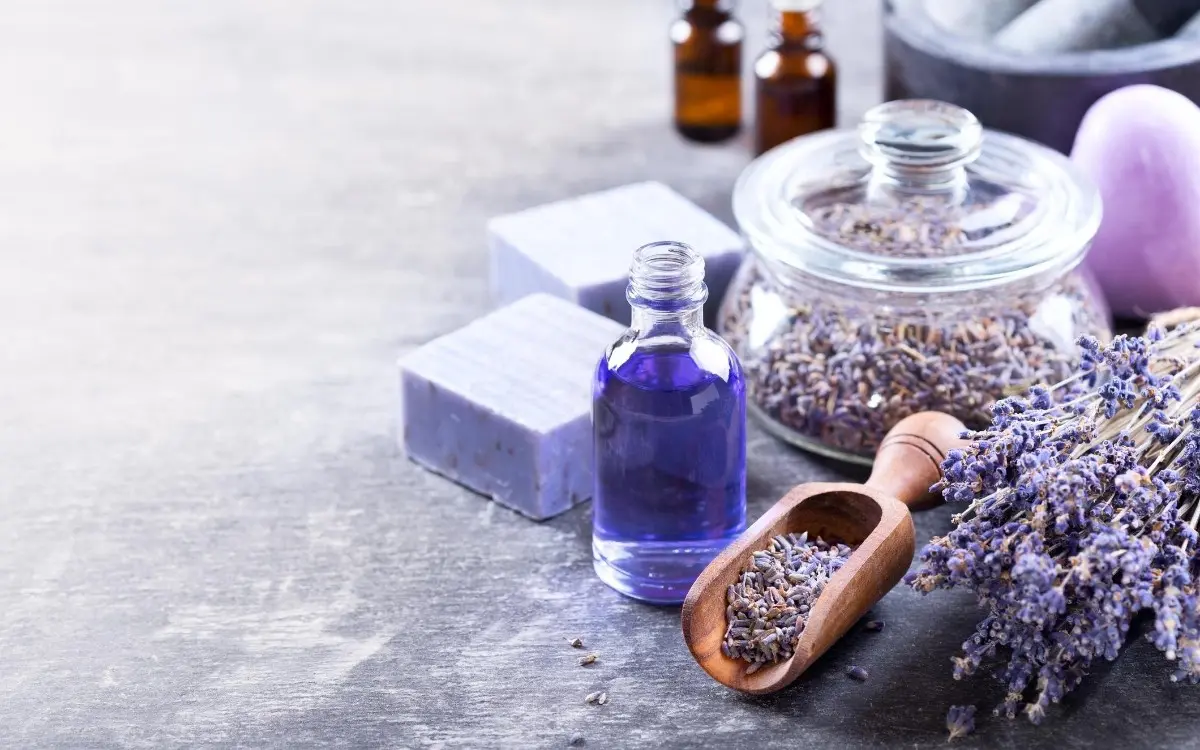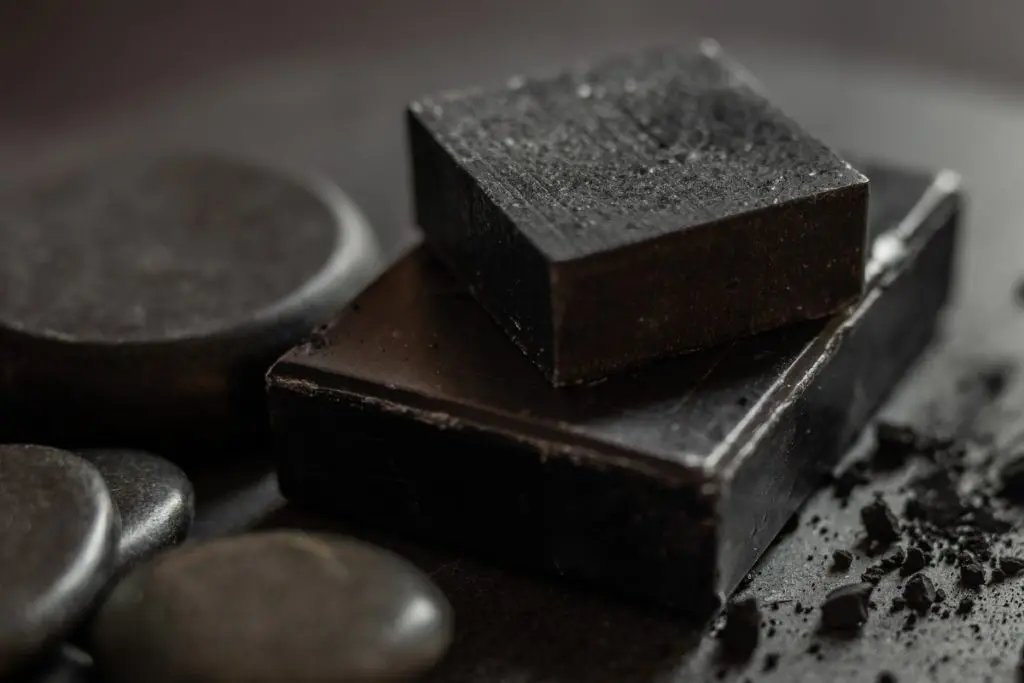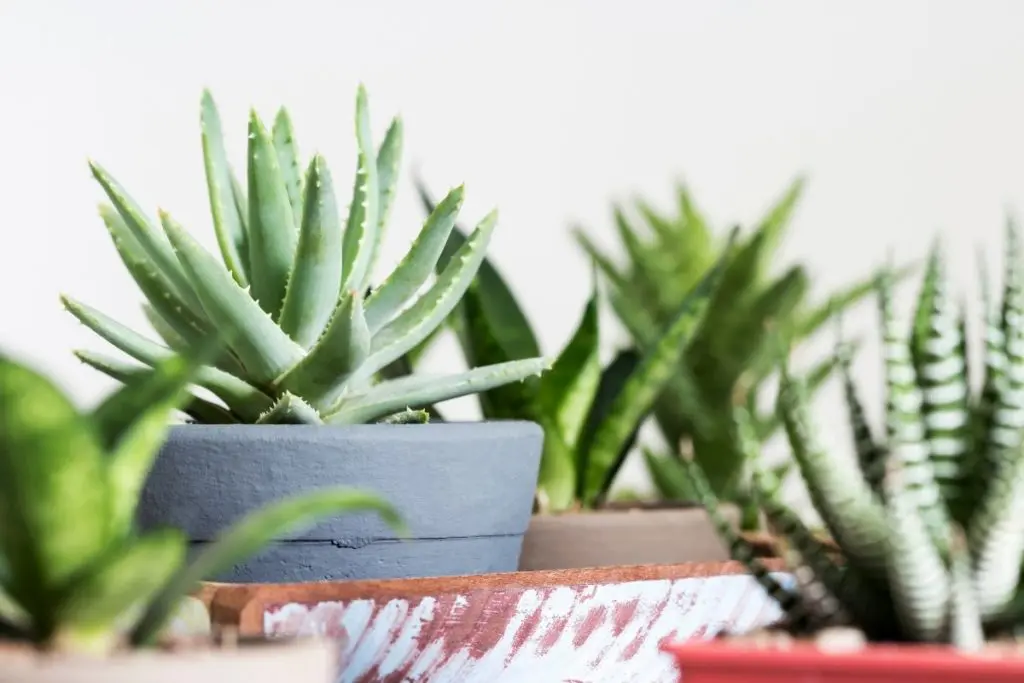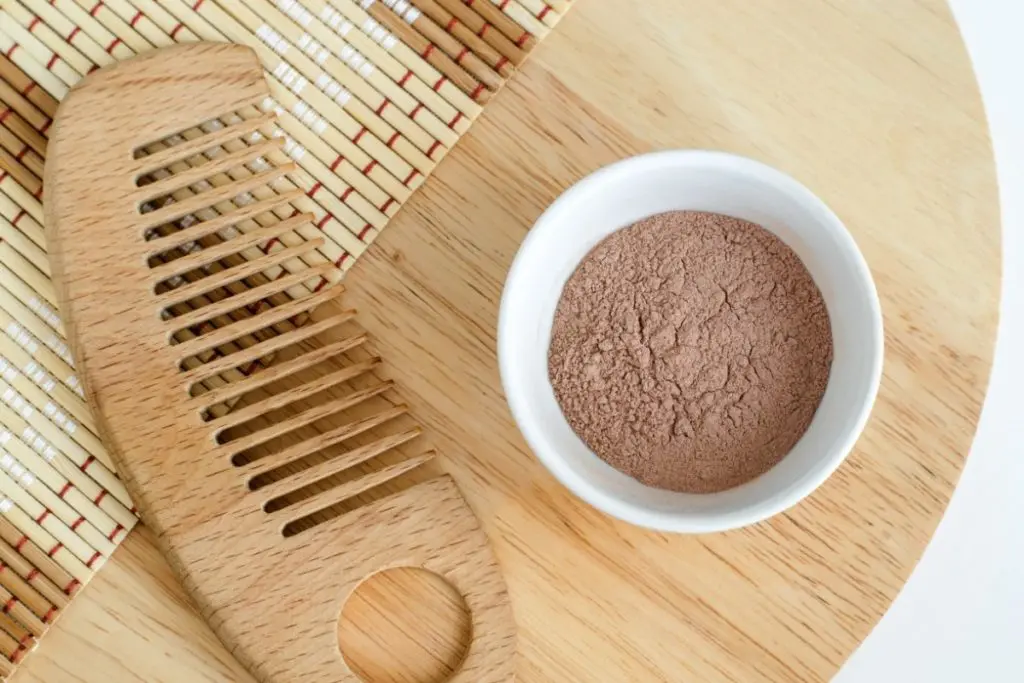Tired of using soaps made up of a bunch of unpronounceable chemicals and fillers? Ditch the sulfates and parabens — we’re here to introduce you to the many benefits of the all-natural powerhouse known as castile soap. This gentle and incredibly versatile cleanser is better for your health and better for the world around you.
First produced in the Castile Province of Spain, castile soap was originally made with olive oil. Modern castile soap recipes use all sorts of sustainable vegetable oils, like avocado, coconut, hemp, and more. There’s a variety for every use and every person!
Read on to learn more about this beneficial and very useful soap.
Benefits of Using Castile Soap
On account of its natural ingredients, gentleness, and affordability, castile soap has always had a bit of a hippie-friendly reputation. But lately, more people are beginning to recognize its many benefits, and this soap is going mainstream.
This gain in popularity is in part because castile soap is:
- Affordable. You can find castile soap anywhere from a local drugstore to a giant supermarket, for a reasonable price. And since it’s concentrated, it lasts a long time. (Castile bar soap is even cheaper.)
- Gentle. Castile soap cleanses without stripping natural oils, which is especially helpful for those with oily or acne-prone skin. Castile can even be a good choice for those with eczema, psoriasis, or other skin conditions because it doesn’t have ingredients that cause inflammation.
- Potent. Castile soap is highly concentrated, so a little goes a long way. And as gentle as it is, it’s also very effective against dirt and grime.
- Antioxidant-rich. Castile soap contains ingredients like vitamins A and E, which fight free radicals and slow some signs of aging.
- Vegan. Castile soap contains vegetable fats rather than animal fats or byproducts.
- Non-toxic. Many soaps contain sulfates, parabens, synthetics, and other nasty additives and preservatives. Castile is entirely plant-based and naturally long-lasting.
- Eco-friendly. Castile soap is totally biodegradable and made with sustainable ingredients.
- Incredibly Multipurpose. More on that below.
Multifunctional Powerhouse
While there are plenty of castile soap benefits, there are even more uses for this handy soap — it truly puts the “multi” in multipurpose!
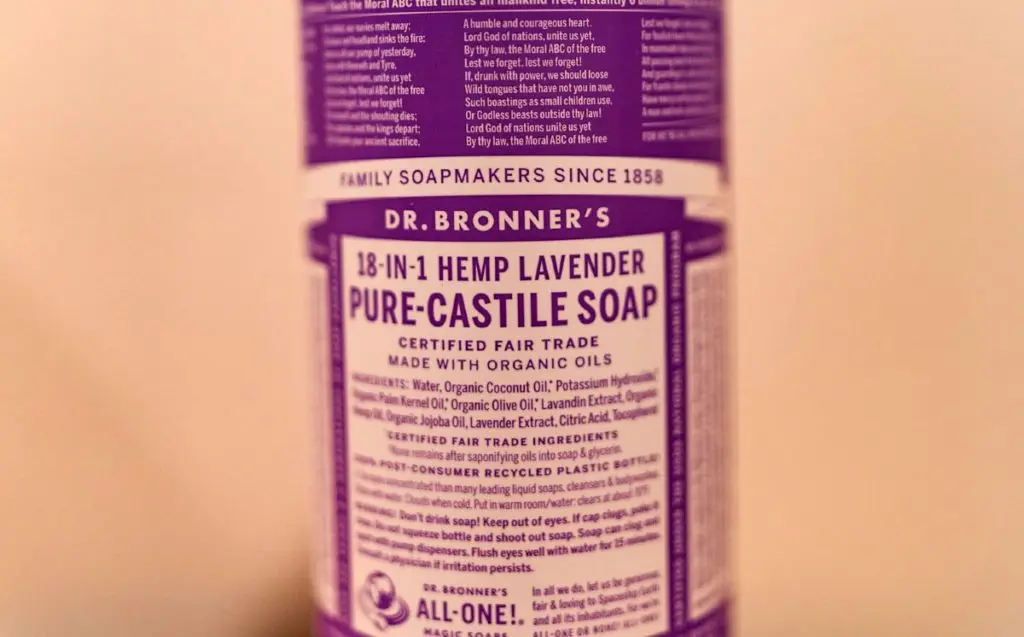
Here is just a small sampling:
All-purpose cleaner. Use castile soap for mopping, toilet cleaning, windows, and more. You can even add one teaspoon to one cup of baking soda, blend with enough water to make a paste, and voila: you have a scrub cleanser.
Laundry detergent. This use is particularly beneficial for those with very sensitive skin or who are sensitive to detergents. Pour 1/3 – 1/2 cup of castile soap into the detergent receptacle (less if you have an HE laundry machine) and 1/2 cup white vinegar into the rinse cycle. For extra-fresh laundry, use a scented castile soap.
Dish soap. Here’s an area where castile soap really shines — and will make your dishes sparkle, too! All you need is about one part soap to 10 parts water. Bonus: since it’s so gentle, no more dry hands after doing the dishes.
Insect spray. Add 1/4 cup of soap to a quart of water to make a non-toxic insecticide spray to prevent ants. (To use directly on plants, dilute further, about 1 tablespoon per quart of water.)
Pet shampoo. Wet your pet’s hair, add a small squirt of soap and lather up, taking care to avoid eyes. Important note: essential oils can be toxic to animals, so make sure to choose an unscented castile soap for use as a pet shampoo.
Outdoor/camping/travel soap. Backpackers have long known the many benefits of using castile soap in the great outdoors. Because it’s so concentrated and multipurpose, you need only bring one tiny, space-saving bottle for dishes and all of your personal cleaning needs. And since castile soap is non-toxic and biodegradable, you don’t have to worry about harming water, plants, or wildlife.
Castile Soap: Head to Toe
Now that we’ve explored some general household uses of castile soap, it’s time to soap up. The following is a brief tutorial of how to use this gentle, practical cleanser on every part of your person.

Head & Face
Shaving. Lather a little in your hands and apply it to your face or legs before shaving. You can also add a few drops of a carrier oil for extra moisture and a smoother shave.
Toothwash. Look, nobody claims that this tastes great, but a drop or two on your toothbrush works well in a pinch — especially if you use a minty castile soap, or add a little peppermint oil.
Makeup remover. Mix castile soap with equal parts of carrier oil and witch hazel, and apply it to your face with a cotton ball to remove makeup.
Shampoo. Castile soap is useful as a powerful shampoo. Note that some people caution against everyday use, but it works fine as an occasional option to remove buildup. If you want to give it a try, combine approximately one tablespoon of castile soap with one cup of water, lather, then rinse thoroughly.
Face wash. If you don’t have sensitive or dry skin, diluted castile soap can serve as a gentle facial cleanser. Start by watering it down a fair amount and gradually increase soap concentration if you need more cleansing power.
Body
Body wash. Using castile soap as a body wash is probably one of its most popular uses. Dilute it a little, or squirt some right on yourself, whatever your preference. Use a loofah, or just use your hands. In particular, Dr. Bronner’s peppermint castile soap is quite famous for providing a highly refreshing body wash experience. Just be careful that it doesn’t get a little too “zesty” in any sensitive areas!
Deodorant. Looking for a DIY all-natural deodorant? Mix together ½ teaspoon of liquid castile soap with one teaspoon of sea salt and apply to underarm areas.
Tub time. Add a couple of tablespoons to your bath the next time you soak to emerge extra-clean. For a more relaxing, moisturizing experience, also stir in a teaspoon of carrier oil and a few drops of essential oil.
Hands & Feet
Hand soap. Castile soap is perfect for daily use as a hand soap. In a soap dispenser, combine 2 tablespoons with 12 ounces of water. Add a few drops of essential oil for a more aromatic experience.
Foot soak. Blend approximately 2 teaspoons of soap into a small tub of warm water. Optionally add a half cup of Epsom salt, and/or a few drops of an essential oil like peppermint or lavender. Sit back and relax.
Castile Soap FAQs
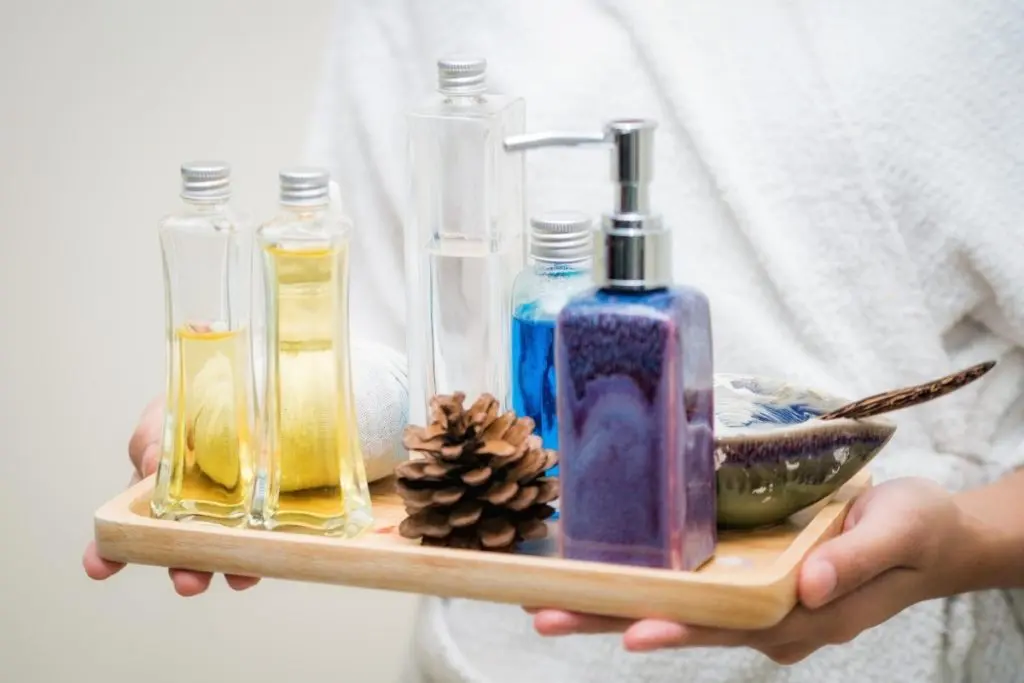
1
Does castile soap dry out your skin?
Castile soap is safe for sensitive skin and gentle enough to use in a wide variety of ways for personal care. However, because it does such a good job cleansing, it can also be a little drying for certain people. It depends on your skin type, how often you wash, whether or not you have hard water, and more. Some people add a small amount of carrier oil to their castile soap to return extra moisture during cleansing.
2
What is a carrier oil?
A carrier oil is a neutral vegetable-based oil like almond, jojoba, or avocado that helps to dilute another substance, such as soap or a more concentrated essential oil. Carrier oils help to “carry” elements to the skin, assisting with moisturization and/or lubrication.
3
Is castile soap good for your face?
Castile soap is safe to use on your face, but it can be a little drying. We don’t recommend using any undiluted soap as a face wash for dry skin. On the other hand, some people with acne-prone skin report success with using castile soap as a facial cleanser. If you try it on your face, generously dilute before use, see how your skin reacts.
4
Does castile soap kill bacteria?
Most soaps don’t kill bacteria but instead remove it. Soaps that do contain antibacterial agents are generally bad for your health and the environment. What castile soap does is remove and wash away both dirt and bacteria, which is the goal of soap!
5
How do I know how much to dilute castile soap for different uses?
Dr. Bronner’s has you covered with this cheat sheet.
6
Which is better: liquid castile soap or bar soap?
They’re both great! Liquid castile soap is convenient and versatile, while the bar soap is cheaper and doesn’t involve any plastic containers. You can even make your own liquid castile soap out of solid bars; the internet has many how-to’s on this topic.
7
What shouldn’t I do with castile soap?
You may not want to use it for shampooing if you dye your hair, as it could strip away color. It’s also not recommended that you mix castile soap with vinegar or lemon juice, because it won’t clean properly and will leave behind a white film.
Whether you need to wash your dishes, your laundry, or yourself, castile soap is genuinely the best all-natural, multipurpose soap out there. Happy cleaning!
Further Reading
